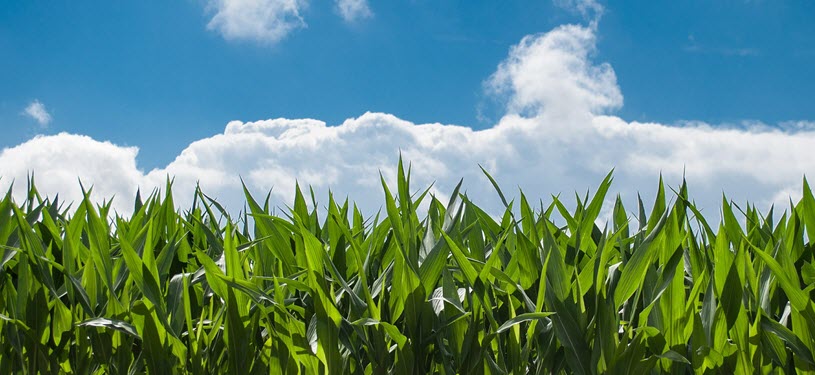
Hundreds of years ago many early distillers never started out as distillers, they started out as farmers that needed to do something with their unsold grain. They soon discovered that grain could be distilled into alcohol and used to trade for goods and services and of course, converted into cash. Fast forward to today and you’ll find many distillers are returning to their agricultural roots by purchasing their own land to grow their own corn, typically non-GMO, from seed.
Single Estate Bourbon
Such is the case with 293 acres of farmland purchased by Buffalo Trace Distillery. In 2015, Buffalo Trace purchased a property adjacent to their distillery in Frankfort, Kentucky to expand their barrel storage. While waiting on government approval for their permits for the new construction they decided it would be “fun” to plant their own corn (something tells me this was no accident.) Can someone help with the math here? How many barrel warehouses can you fit on 293 acres? The idea was to create their own farm to table “single estate” bourbon.
Buffalo Trace Master Distiller Harlen Wheatley Out in the Field
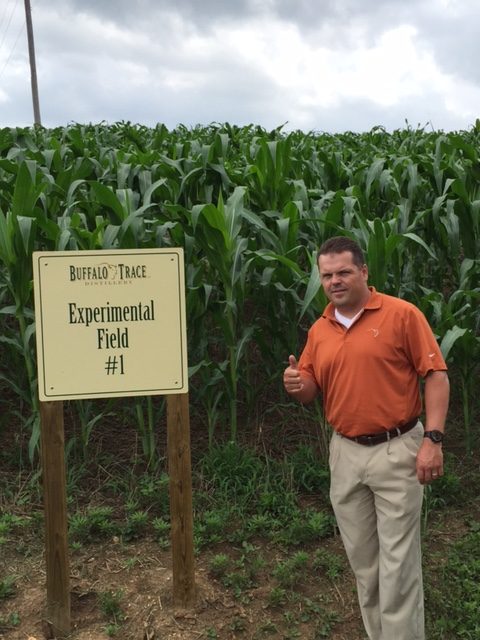

Stay Informed: Sign up here for the Distillery Trail free email newsletter and be the first to get all the latest news, trends, job listings and events in your inbox.
What Heirloom Corn to Plant?
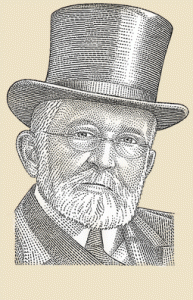
Crop No. 1 – Boone County White
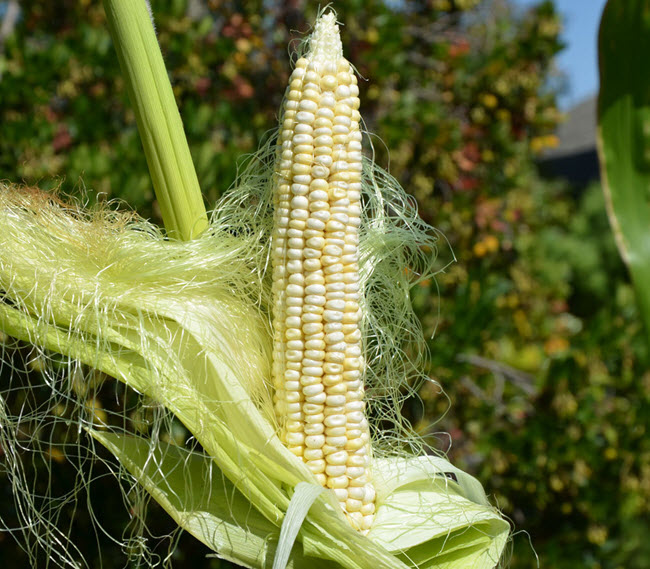

After planting 18 acres of the heirloom non-GMO white corn in the summer of 2015, Master Distiller Harlen Wheatley and his team watched the corn sprout up and begin to grow. At harvest time, the stalks were well over 12 feet tall. The corn was harvested in August of last year and the grain was processed to be dried. After drying all winter, the corn was fermented and distilled at Buffalo Trace on May 31, 2016. All told, 117 barrels of the Boone County White Corn variety were distilled and are now aging in Buffalo Trace’s warehouses, to be taste tested periodically over the next few years to check on progress, and then eventually released.
Crop No. 2 – Japonica Striped Corn
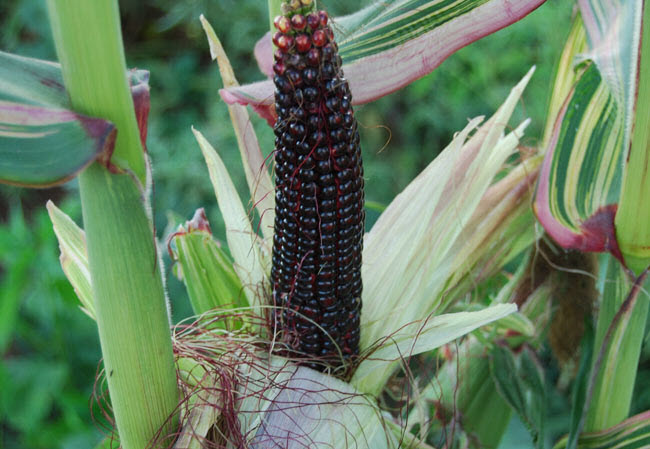

Continuing with the Buffalo Trace experimental mentality, the cycle is beginning again with its second year of corn, this time Japonica Striped Corn, a strain originally from Japan and dating back to the 1890s. This variety will have variegated leaves of green, white, yellow and pink stripes with dark purple tassels and burgundy kernels. Typically used as an ornamental corn, this variety will be an experiment to see how it tastes once fermented and distilled. (Keep in mind, some experiments fail and never make it onto a retail shelf.) In addition to both the Boone County and Japonica Striped corn being from E. H. Taylor, Jr.’s era, both are dent corn varieties, which have a high starch content and are ideal for distilling, unlike traditional sweet corn one might see in the grocery store. Buffalo Trace uses a different variety of dent corn in the distillation of the rest of the bourbons in its portfolio.
Buffalo Trace Distillery intends to plant a different variety of corn each year at its experimental farm so each year in the future there will be a unique release.
Check back with us in 4 – 6 years to see how this maize experiment works out.
Please help to support Distillery Trail. Like us on Facebook and Follow us on Twitter.
Resources: Corn photos courtesy of Tradewinds Fruit.




